This September, back-to-school season brings more than school supplies and fall wardrobes. Amidst a global pandemic, many (if not most) parents are grappling with the decision of whether to send their kids back to school in person or to keep them home to participate in distance learning.
At the end of the day, every family must do what is best for them. As a Public Health professional and parent of two young children myself, I can tell you what we know about a safe reopening of schools.
Keep community transmission low
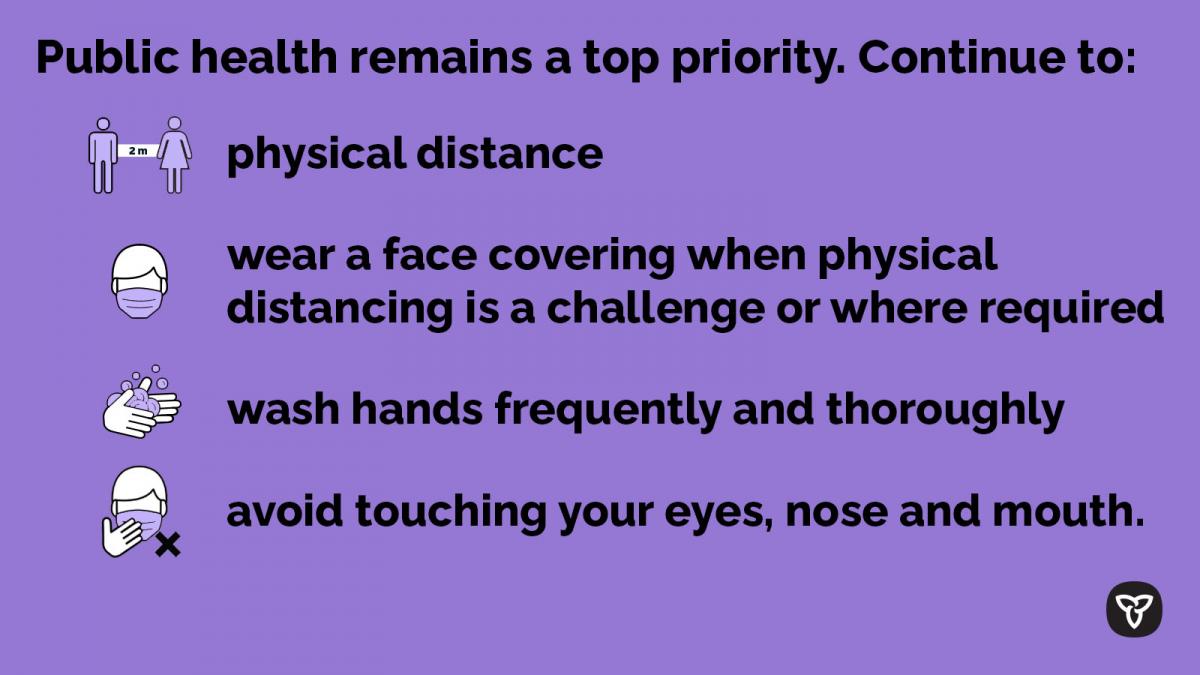
For starters, we know that our number one strategy for a safe reopening of schools is to keep community transmission low. The lower the number of infections in the general community, the less likely the virus can get in to schools. How do we do this? Yep, you guessed it. Continue to follow public health guidelines – practice physical distancing, wear a face covering in public spaces or where required, wash your hands often and avoid touching your face. By now we can recite these guidelines in our sleep. But with thousands of kids returning to the classroom in a few weeks, following these guidelines is important now more than ever. We all have a huge responsibility in ensuring their safe return. If for no other reason, do it for the kids.
Keep COVID-19 out of schools
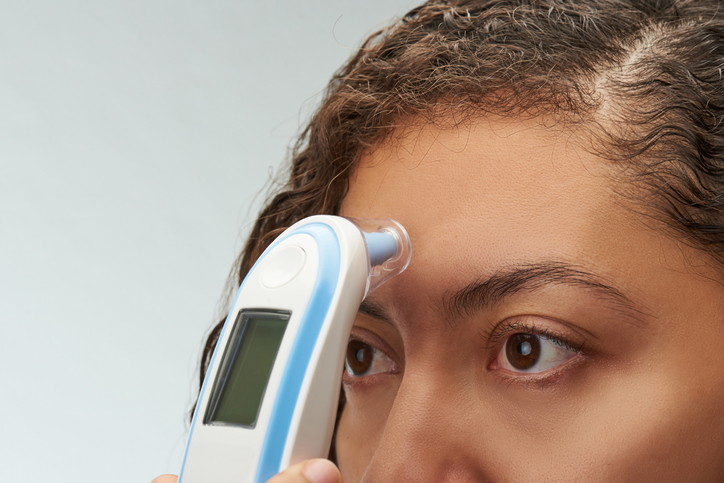
After months of hard work, we have established low community transmission. Well done, Wellington-Dufferin-Guelph. This was no small feat. The next layer of infection prevention and control is keeping COVID-19 out of schools. We will do this by daily self-screening of students and staff before they leave for school. If there are any signs or symptoms, students and staff must stay home. Gone are the days of a quick dose of Advil or Tylenol before sending your child on their way (guilty as charged). To help keep COVID-19 out of schools, staff and students can’t go to school sick. Period. This means that students and staff may spend more days away from school. Taking time off from work to care for sick kids has never been easy, so it might be best to plan for this scenario.
Keep COVID-19 from spreading within schools
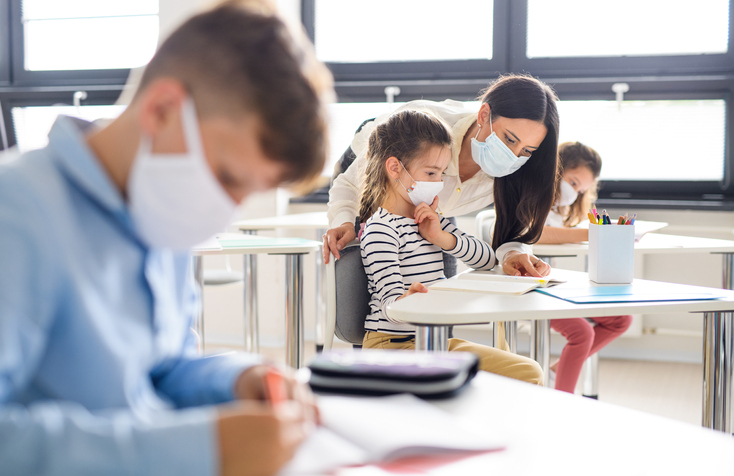
The next layer of infection prevention and control involves keeping COVID-19 from spreading within schools. There are several public health measures being put in place in schools to do this. Some of these measures include:
- Physical distancing;
- Hand hygiene practices and education for students;
- Masking;
- Cohorting; and
- Enhanced cleaning and disinfecting of school facilities and busses.
Here are some practical suggestions for how parents can support these public health measures, especially with younger children. I plan on using them with my son to help him get ready for Senior Kindergarten.
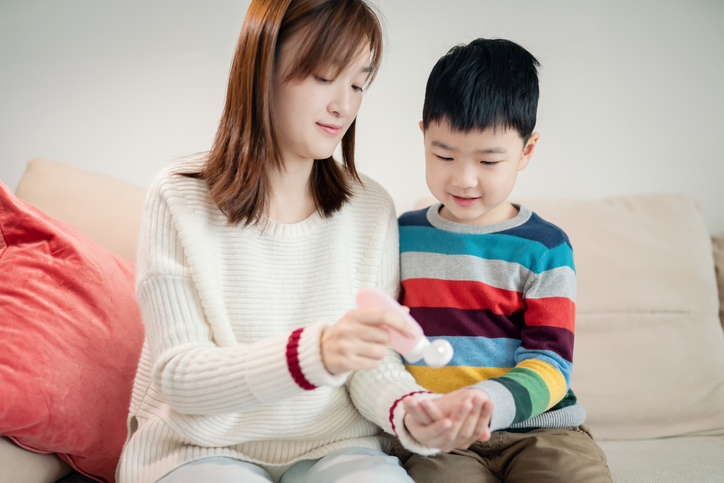 Practice new routines with your child before school starts – hand-washing, using alcohol-based hand rub and cough/sneeze etiquette.
Practice new routines with your child before school starts – hand-washing, using alcohol-based hand rub and cough/sneeze etiquette. - Work on getting your child comfortable wearing a mask. Start with just a few minutes and increase the time each day. As a generation that has never had to wear masks in public places, it seems almost unthinkable that our kids will have to wear masks all day long while at school, but let’s not underestimate them. Kids are great at adapting.
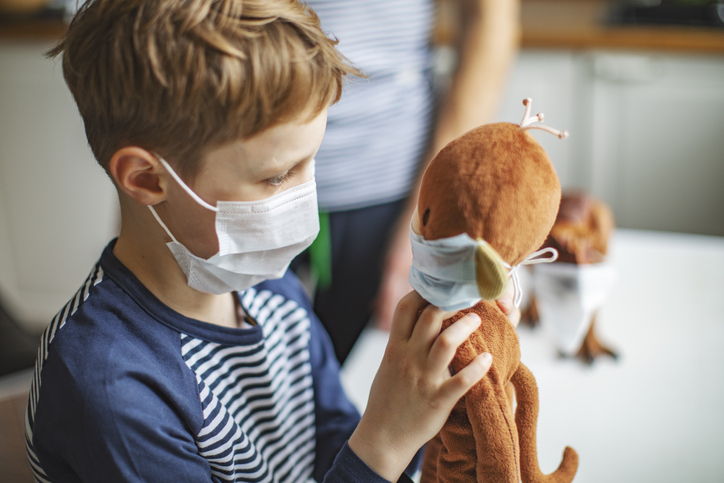 Limit personal belongings that your child brings to school (which means less to wash and less to lose!). Any personal items (e.g., backpack, clothing, water bottles, lunch bag, etc.) should be labelled.
Limit personal belongings that your child brings to school (which means less to wash and less to lose!). Any personal items (e.g., backpack, clothing, water bottles, lunch bag, etc.) should be labelled.- Staff must wash their hands or use alcohol-based hand rub before and after touching any student’s personal belongings, so help them out by making sure your child can open and close their own food containers, packages or thermos meals. Same goes for clothing. Do not send your child in shoes, sweaters or coats that they can’t do up on their own.
- Alcohol-based hand rub will be available at school but consider packing a small container in your child’s lunch bag to use before and after eating (if they know how to use it properly and safely).
- Although frequently-touched surfaces will be cleaned and disinfected regularly, consider packing a tea towel or cloth for your child to eat their lunch on, and change it each day.
- Go back to toddler-style lunches and snacks by cutting food up (e.g., fruit) and encouraging your child to eat with a fork rather than using their hands.
For more ideas to help your child get ready for school, visit the Parents and Students page on our website.
Public Health’s role in supporting schools
Even with all these strategies in place, I know parents still have big questions like “What happens if my child has symptoms of COVID-19? Will they have to get tested? Will everyone in the class have to get tested? What happens if someone in the school gets COVID-19?” The good news is schools are required to have COVID-19 health and safety plans in place that address these questions.
Dr. Mercer, our Medical Officer of Health, has been working closely with our school boards since February and released this statement on the safe reopening of schools yesterday (August 19, 2020). Here are a few of the ways Public Health is supporting schools for a safe reopening:
- Public Health has put together a detailed checklist for schools to follow as they develop their plans and will provide schools with resources on topics like physical distancing, use of masks and hand hygiene.
- Public Health is also working with schools to develop processes for the management of a student or staff case of COVID-19.
- Each school will have a dedicated Public Health Nurse to work with them. These Public Health Nurses will help schools implement their COVID-19 health and safety plans, give advice about infection prevention and control and provide support with screening, testing and case and contact management.
Trusting the experts
By sending kids back to school, we are putting a lot of trust in our local and provincial Public Health leaders, our schools and our communities. We can’t be certain of how things will go, but we must trust that appropriate actions will be taken as new information and evidence emerges – just as we have done since the outset of the pandemic.
I wish my fellow parents all the best on what is sure to be another school year for the history books!
